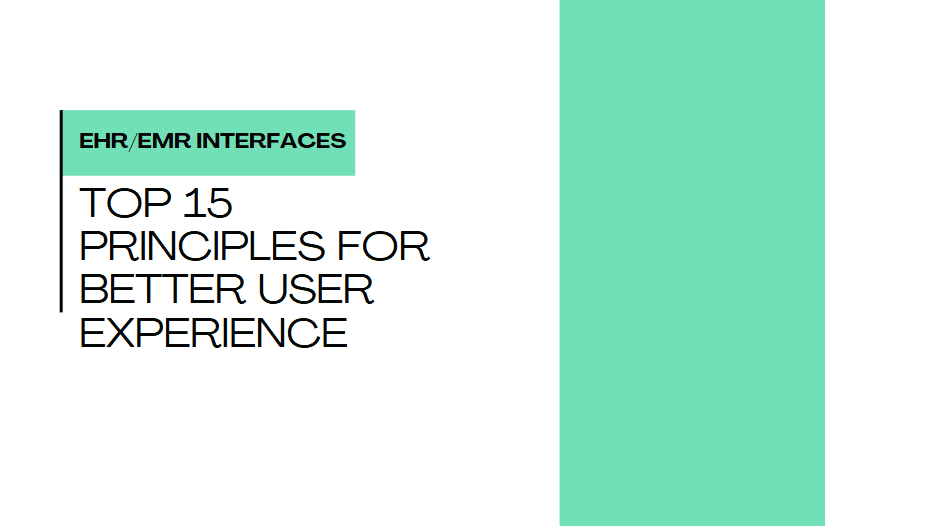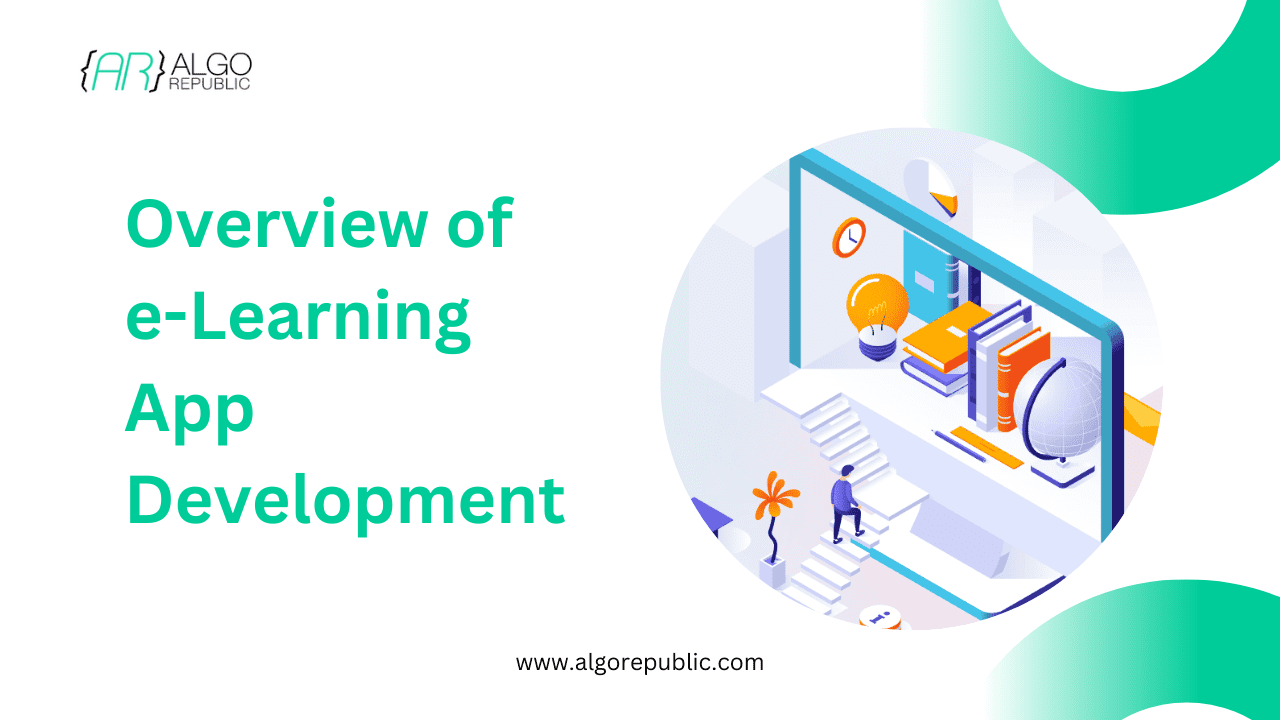Table of Contents
Choosing the right methodology is crucial for any software development project to succeed in an ever-changing industry. This blog gets into the details about why it’s essential to select the right approach, identifies critical considerations when making a decision, offers a thorough examination of the Waterfall method and highlights Agile overview with popular frameworks.
What is a Software Development Methodology?
A software development methodology is a structured approach used to plan, design, develop, test, and deliver software applications. It provides a systematic framework that guides the project team through the various stages of the software development lifecycle (SDLC). These methodologies encompass a set of principles, practices, and procedures to ensure that the development process is efficient, effective, and aligned with project goals.
Key Components of Software Development Methodologies:
Phases and Stages:
Methodologies typically divide the development process into distinct phases such as planning, analysis, design, implementation, testing, deployment, and maintenance.
Processes and Practices:
Each methodology prescribes specific processes and best practices for managing tasks and workflows, ensuring consistency and quality in software development.
Roles and Responsibilities:
They define the roles and responsibilities of team members, including project managers, developers, testers, and stakeholders, facilitating clear communication and accountability.
Tools and Techniques:
Methodologies often recommend or require certain tools and techniques for project management, coding, testing, and documentation to support the development process.
Top 11 Software Development Methodologies
Selecting the right software development methodology is critical to the success of any project. Each methodology has its own set of principles, practices, and benefits, making it suitable for different types of projects and team dynamics. Here are the top 11 software development methodologies:
Waterfall Methodology
Overview: Waterfall is a linear, sequential approach where each phase must be completed before moving on to the next. It includes stages like requirement gathering, design, implementation, testing, deployment, and maintenance.
Key Points:
- Predictable timelines
- Clear documentation
- Easy to manage due to its structured approach
- Limited flexibility
- Late feedback
- High risk of incomplete requirements
Agile Methodology
Overview: Agile promotes iterative development, collaboration, and flexibility. It focuses on delivering small, incremental updates to software through continuous feedback and improvement.
Key Points:
- Adaptable to changes
- High customer involvement
- Early delivery of value
- Resource-intensive
- Requires high commitment from stakeholders
- May lead to scope creep
Scrum
Overview: Scrum is a subset of Agile that divides work into sprints, typically lasting 2-4 weeks. It emphasizes team collaboration, daily stand-ups, and sprint reviews.
Key Points:
- Improved team collaboration
- Regular feedback
- Quick adaptability to changes
- Challenging to manage for larger teams
- Requires disciplined adherence to Scrum practices
Kanban
Overview: Kanban focuses on visualizing work, limiting work-in-progress, and enhancing flow. Tasks are represented on a Kanban board, allowing teams to manage their workflows efficiently.
Key Points:
- Highly flexible
- Continuous delivery
- Improved efficiency
- May become less structured
- Requires constant monitoring and management
Lean Software Development
Overview: Lean emphasizes eliminating waste, optimizing processes, and delivering value to the customer. It draws inspiration from Lean manufacturing principles.
Key Points:
- Efficiency in processes
- Focus on customer value
- Reduced waste
- Can be difficult to implement
- Requires cultural change within the organization
Extreme Programming (XP)
Overview: XP is an Agile framework that focuses on technical excellence, continuous integration, and frequent releases. It includes practices like pair programming, test-driven development, and continuous refactoring.
Key Points:
- High-quality software
- Rapid response to changing requirements
- Strong emphasis on testing
- Intense and demanding
- Requires skilled and experienced team members
- May lead to burnout
DevOps
Overview: DevOps combines development and operations practices to enhance collaboration, automate workflows, and improve the speed and quality of software delivery.
Key Points:
- Faster delivery times
- Improved collaboration
- Increased efficiency
- Requires significant cultural and organizational change
- Can be complex to implement
Rapid Application Development (RAD)
Overview: RAD focuses on rapid prototyping and iterative delivery, with an emphasis on user feedback and involvement throughout the development process.
Key Points:
- Fast development and iteration
- High customer involvement
- Flexible
- May lack scalability
- Requires user availability and engagement
- Can lead to scope creep
Spiral Model
Overview: The Spiral Model combines iterative development with systematic risk management. It involves repeated cycles (spirals) of planning, risk analysis, engineering, and evaluation.
Key Points:
- Strong risk management
- Flexible
- Iterative improvement
- Can be costly and time-consuming
- Complex to manage
- Requires risk assessment expertise
Feature-Driven Development (FDD)
Overview: FDD is an Agile framework focused on delivering tangible, working software features in a systematic and planned manner. It includes five basic activities: developing an overall model, building a feature list, planning by feature, designing by feature, and building by feature.
Key Points:
- Structured approach
- Scalable for larger teams
- Clear progress tracking
- May not be suitable for small projects
- Requires thorough upfront planning
Dynamic Systems Development Method (DSDM)
Overview: DSDM is an Agile method that focuses on the full project lifecycle. It emphasizes active user involvement, frequent delivery of products, and integrated testing throughout the development process.
Key Points:
- Comprehensive project lifecycle coverage
- Strong user involvement
- High quality of deliverables
- Can be heavy on documentation
- Requires continuous user engagement
- May be complex to implement
Why choose the right software development methodology?
The methodology chosen for a software development project has a significant impact on the final outcome. It affects various factors like timeline, budget, adaptability to changing requirements and flexibility. Opting for an appropriate methodology can result in improved collaboration among team members, enhanced productivity and successful delivery of high-quality software that fulfills user expectations
Key aspects to consider while choosing a methodology
There are many factors to consider when you are making a decision to select a certain software development methodology.
Project requirements: To select the most appropriate methodology for a project, evaluate its extent, intricacy and precise needs.
Team Expertise: When selecting a methodology, take into account the development team members’ skills and experience as well as their preferences to match it with their strengths and preferred working style.
Client involvement; Assess the degree of client engagement and input during the course of development, recognizing that certain methodologies may place greater emphasis on cooperation with clients than others.
Flexibility vs predictability: Assess whether the project necessitates adaptability for incorporating alterations or a more expected schedule and outcomes.
Risk tolerance: Evaluate the project’s capacity to handle probable challenges and modifications proficiently, considering its risk tolerance.
Waterfall Methodology
About Waterfall
This methodology came to light in the 1950’s. The source of this emergence were manufacturing and construction industries. However, its popularity didn’t hit the software development world until 1970’s.
It has a conventional sequential approach to software development. This approach follows a linear progression of phases including requirement gathering, design, implementation, testing, deployment and maintenance as well.
Pros and cons of the waterfall methodology
Pros:
Predicitibitly: Waterfall methodology offers a distinct framework and schedule that simplifies the task of predicting project expenditures and completion dates.
Documentation: Comprehensive documentation is produced during each phase to aid in project management and knowledge transfer.
Sequential program: A methodical approach to development is enabled by sequentially completing phases in a sequential progression.
Cons:
Limited flexibility: Flexibility is limited, making it challenging to incorporate modifications once a phase has concluded. As a result, pricey alterations may be required.
Late feedback: The collection of stakeholder feedback usually takes place towards the end of every phase which can lead to confusion or lack of agreement.
Risk of incomplete requirements: The possibility of incomplete and inaccurate specifications is heightened due to defining requirements at the outset.
Choosing Waterfall
Waterfall methodology is best suited for projects that have clearly defined requirements, technology stability and low levels of uncertainty. Such projects prioritize predictability and documentation over flexibility and adaptability, making waterfall an ideal choice.
Agile Methodology
In the 1990s, a new approach called Agile methodology surfaced in reaction to the limitations of conventional Waterfall techniques. Rather than focusing solely on delivering finished products, Agile prioritizes iterative development and adaptable teamwork to provide value gradually.
It places emphasis on people and cooperation above systems and equipment, working software over extensive documentation, customer partnership over contractual debates- all while putting importance on responsiveness towards change instead of rigid planning.
Pros and Cons of the Agile Methodology
Pros:
Flexibility: Agile permits regular revisions and modifications according to stakeholder observations and modifying necessities, making it flexible.
Customer collaboration: Agile methodology encourages the development teams and stakeholders to work closely together, fostering customer collaboration. As a result, software solutions delivered align with user requirements.
Early delivery of value: Agile methodology delivers functional software in increments, ensuring users benefit from it immediately.
Cons:
Complexity: The implementation and management of Agile methodologies may present a higher level of complexity, necessitating the involvement of committed teams and consistent communication.
Resource intensive: Agile demands constant participation from both stakeholders and team members, possibly placing a burden on resources and time due to its resource-intensive nature.
Adaptability challenges: Agile may not be appropriate for projects that operate in tightly regulated settings or have strict requirements, resulting in adaptability difficulties.
Commonly used Agile Frameworks
To facilitate the incorporation of Agile principles, various streamlined frameworks have arisen within the Agile methodology.
Scrum: Scrum is an iterative framework that breaks down work into sprints, which are time-boxed iterations. It prioritizes cross-functional teams, regular meetings and a backlog of assigned tasks.
Kanban: Kanban boards display work items, aiding teams in managing and prioritizing tasks according to workflow stages. Its key goal is ensuring ongoing enhancements while also limiting unfinished projects.
Xtreme programming: This is known as a disciplined approach to software development. It focuses on various practices such as pair programming, test driven development, continuous integration and frequent releases.
Agile Tools and Technologies
Agile methodologies emphasize collaboration, adaptability, and iterative development to deliver high-quality software efficiently. To support Agile practices, various tools and technologies have been developed to streamline project management, facilitate communication, and enhance team collaboration. Here are some commonly used Agile tools and technologies
Project Management Tools: Agile project management tools provide features such as task boards, sprint planning, backlog management, and progress tracking. These tools enable teams to organize their work, prioritize tasks, and monitor project progress in real-time. Popular project management tools for Agile development include Jira, Trello, Asana, and Monday.com.
Version Control Systems: Version control systems (VCS) are essential for managing changes to code and collaborating on software development projects. Git, a distributed version control system, is widely used in Agile development due to its flexibility, scalability, and support for branching and merging workflows. GitLab and GitHub are popular platforms that offer Git repository hosting along with collaboration features such as code review, issue tracking, and continuous integration.
Continuous Integration/Continuous Deployment (CI/CD) Tools: CI/CD tools automate the process of building, testing, and deploying software changes, enabling teams to deliver updates quickly and reliably. Jenkins, CircleCI, and Travis CI are examples of CI/CD tools that integrate seamlessly with Agile development practices, allowing teams to automate repetitive tasks, detect errors early, and maintain a consistent development pipeline.
Collaboration Platforms: Agile teams rely on effective communication and collaboration to deliver value to customers. Collaboration platforms such as Slack, Microsoft Teams, and Discord provide instant messaging, file sharing, video conferencing, and integration with other tools, facilitating seamless communication and teamwork among team members, regardless of their location or time zone.
Documentation Tools: Agile development emphasizes working software over comprehensive documentation. However, documentation is still essential for capturing requirements, user stories, design decisions, and other project artifacts. Documentation tools such as Confluence, Google Docs, and Microsoft SharePoint provide a centralized platform for creating, organizing, and sharing project documentation, ensuring that team members have access to the information they need to collaborate effectively.
Agile Boards and Dashboards: Agile boards and dashboards provide visualization of project progress, sprint goals, and team performance metrics. These tools help Agile teams track their work, identify bottlenecks, and make data-driven decisions to improve productivity and delivery. Examples of Agile boards and dashboards include Kanban boards, Burndown charts, and Velocity charts, which are often integrated into project management tools like Jira and Trello.
Test Management Tools: Agile development requires a robust testing process to ensure that software meets quality standards and user expectations. Test management tools such as TestRail, Zephyr, and QTest provide features for creating test plans, executing test cases, tracking defects, and generating test reports. These tools help Agile teams streamline their testing efforts, identify bugs early, and deliver high-quality software iteratively.
Future Trends in Software Development Methodologies:
AI and Machine Learning Integration: The integration of artificial intelligence (AI) and machine learning (ML) technologies is expected to revolutionize software development methodologies. AI-powered tools can automate repetitive tasks, optimize code quality, and enhance predictive analytics, enabling teams to build smarter and more efficient software solutions. ML algorithms can also analyze vast amounts of data to identify patterns, detect anomalies, and provide valuable insights for decision-making throughout the development lifecycle.
Low-Code/No-Code Development: Low-code and no-code development platforms are gaining popularity as they enable non-technical users to build software applications with minimal coding knowledge.
These platforms offer visual interfaces, drag-and-drop functionality, and pre-built templates that accelerate the development process and reduce the need for manual coding. As these platforms become more advanced and accessible, they are expected to become integral components of software development methodologies, allowing teams to deliver applications faster and with less reliance on traditional coding practices.
DevOps and DevSecOps Adoption: DevOps and DevSecOps practices are becoming increasingly important in software development methodologies, as they promote collaboration, automation, and continuous delivery. DevOps focuses on integrating development and operations teams to streamline the software delivery pipeline, while DevSecOps extends this approach to include security considerations throughout the development lifecycle. As cybersecurity threats continue to evolve, the adoption of DevOps and DevSecOps practices is expected to increase, enabling teams to build and deploy secure, resilient software applications more effectively.
Serverless Architecture: Serverless architecture, also known as Function as a Service (FaaS), is gaining traction as a cost-effective and scalable approach to building and deploying applications. With serverless architecture, developers can write and deploy code in the form of stateless functions that are executed in response to events triggered by external sources.
This approach eliminates the need to provision and manage servers, allowing teams to focus on writing code and delivering value to end users. As serverless architecture matures and becomes more widely adopted, it is expected to influence software development methodologies by enabling greater flexibility, scalability, and efficiency in application development.
Blockchain Technology: Blockchain technology is poised to disrupt traditional software development methodologies by providing decentralized, transparent, and tamper-resistant data storage and transaction processing capabilities.
Blockchain platforms enable developers to build decentralized applications (DApps) that run on distributed networks of computers, eliminating the need for centralized intermediaries and enabling new forms of peer-to-peer interaction. As blockchain technology continues to evolve and mature, it is expected to impact various industries and applications, driving the adoption of new software development methodologies that leverage its unique features and capabilities.
Ethical and Responsible AI: With the increasing use of AI and ML technologies in software development, there is growing concern about the ethical and societal implications of these technologies. Developers are expected to adopt new methodologies and practices that prioritize ethical considerations, transparency, and accountability in AI-driven systems.
This may include the development of AI ethics frameworks, guidelines for responsible AI development, and mechanisms for auditing and evaluating AI systems for fairness, bias, and unintended consequences. By integrating ethical and responsible AI principles into software development methodologies, developers can build trust with users and ensure that AI technologies are used ethically and responsibly to benefit society as a whole.
Conclusively, it is crucial to consider the software development methodology selection very carefully. It is important to consider the pros and cons of each approach and key aspects as well before making a decision. – whether it is Waterfall’s rigid method or Agile’s adaptable style. By analyzing the necessities for projects, assessing team interactions, and recognizing client demands organizations can make informed decisions that lead to productive and efficient software creation procedures.
Looking for the best team to take over your project with a perfect agile approach? We at AlgoRepublic are here to help you with that. Let’s get started today!



